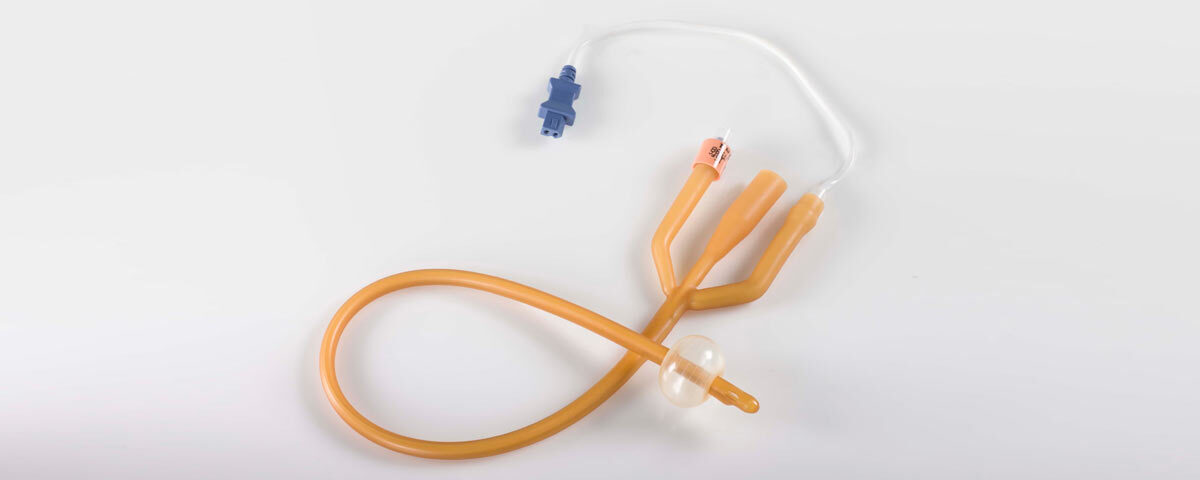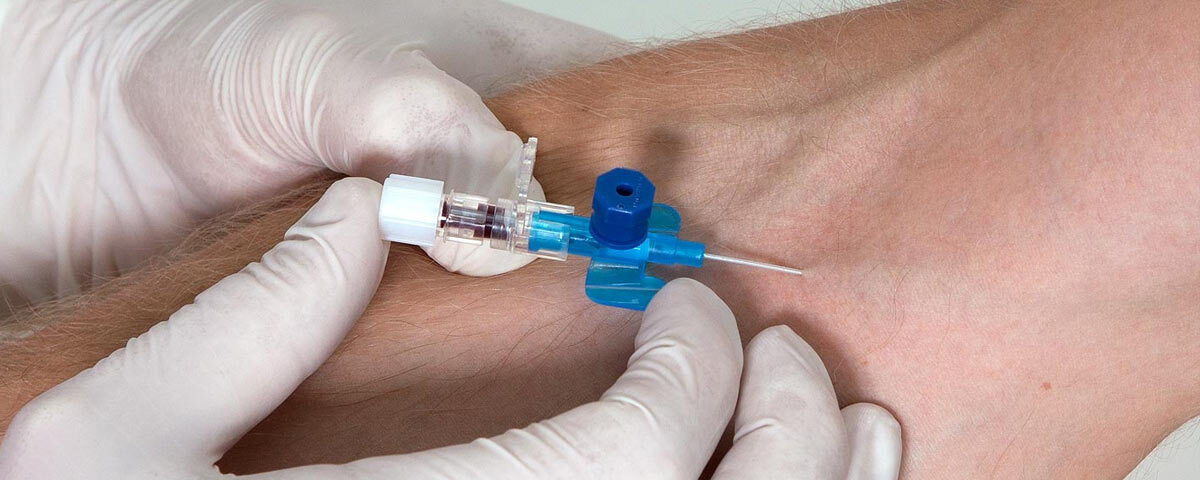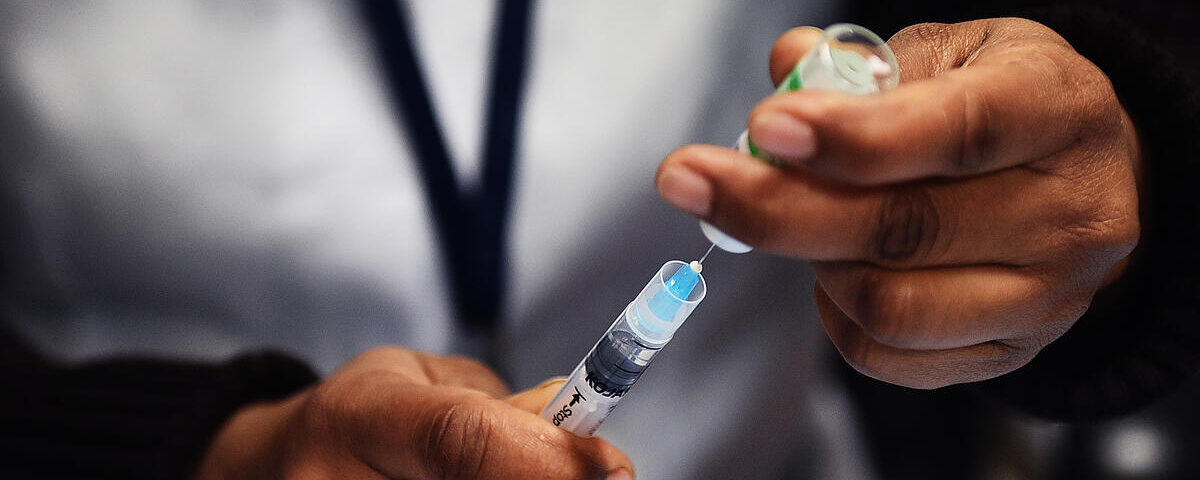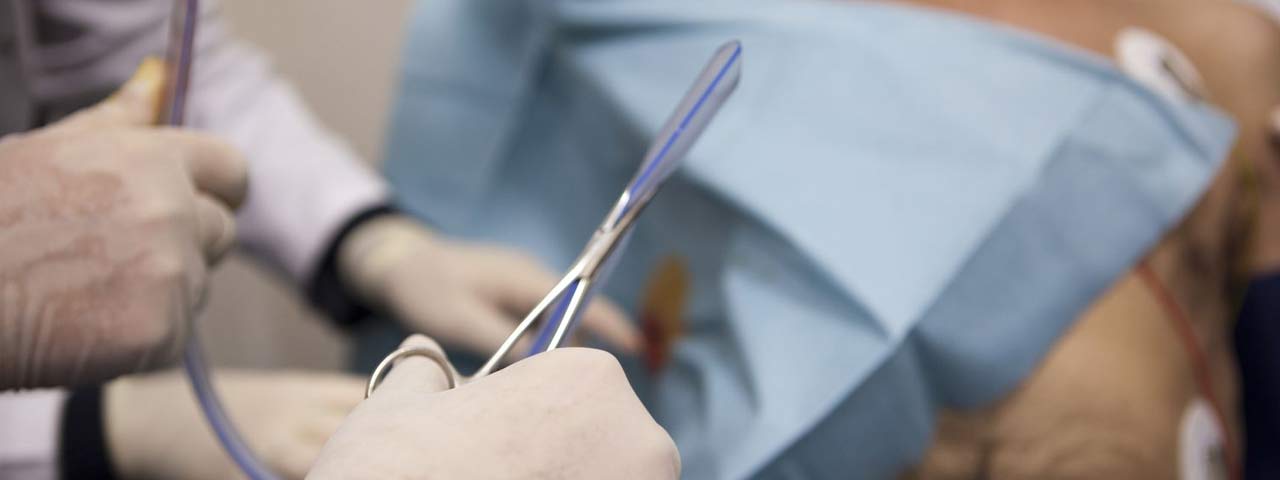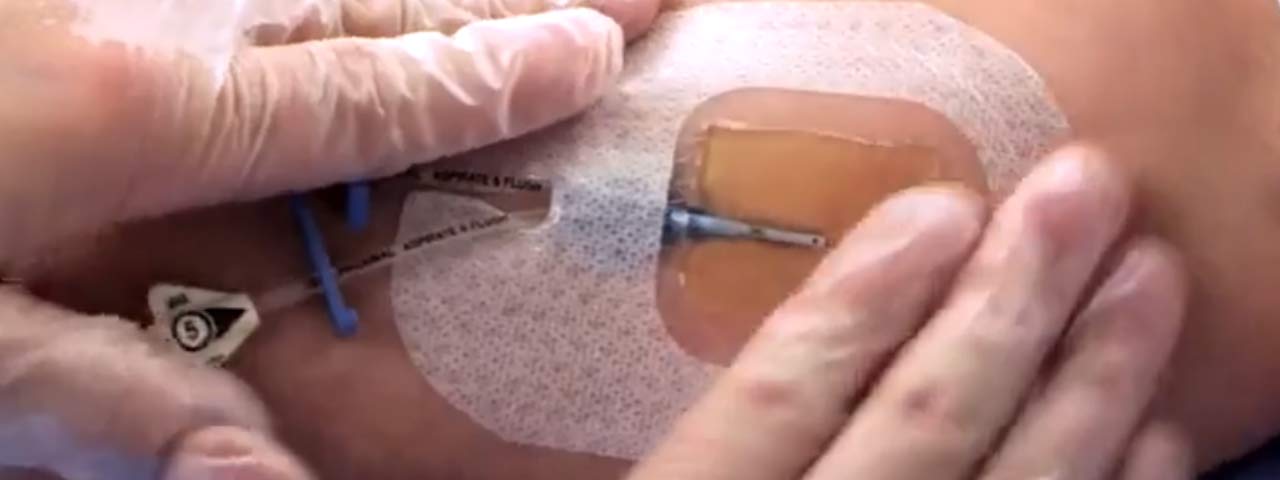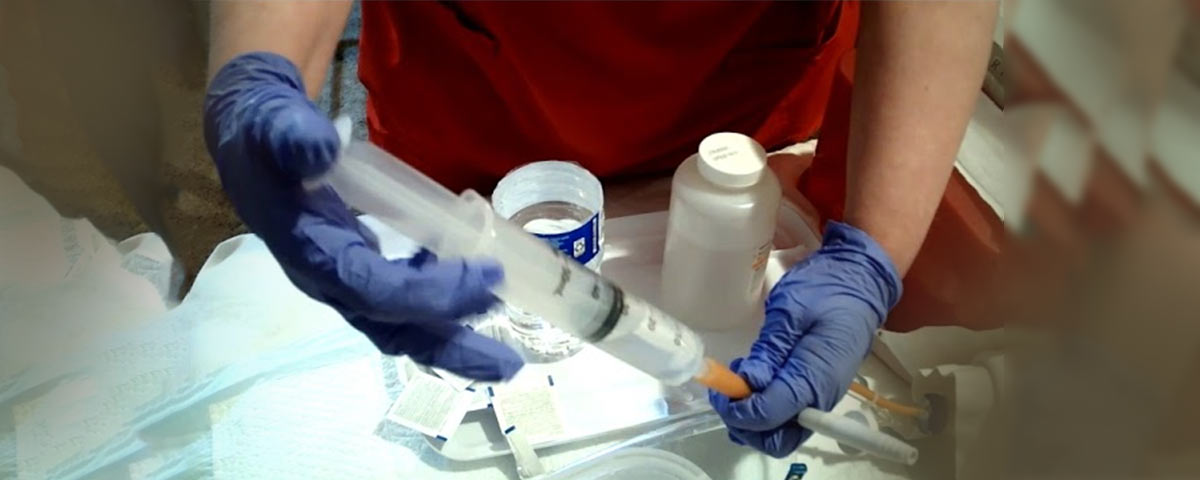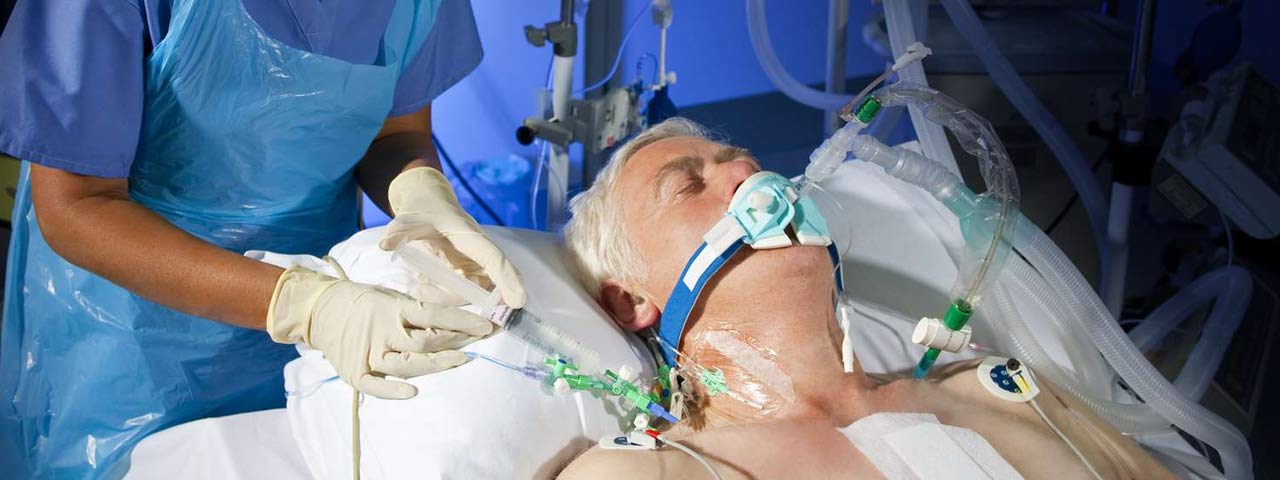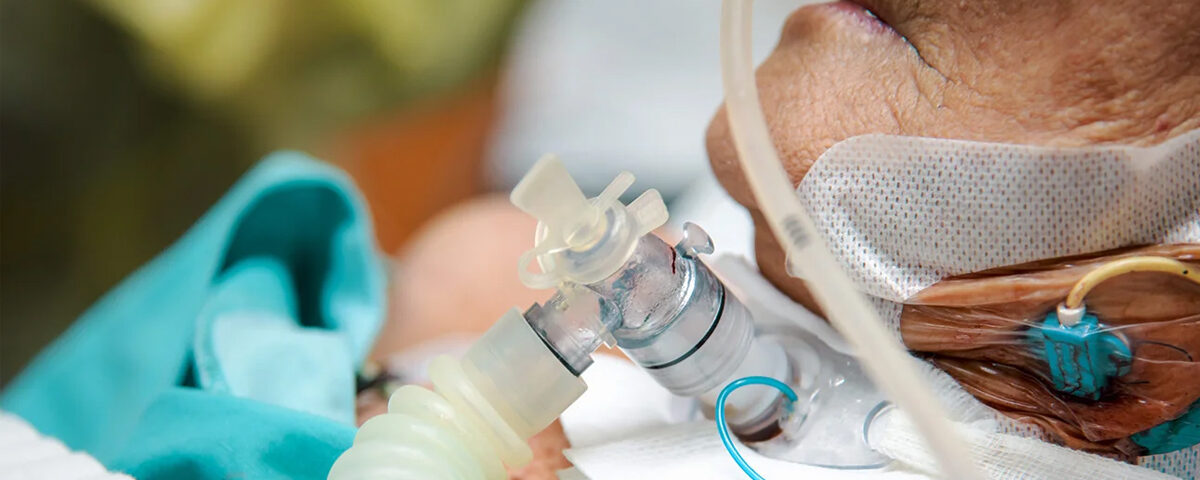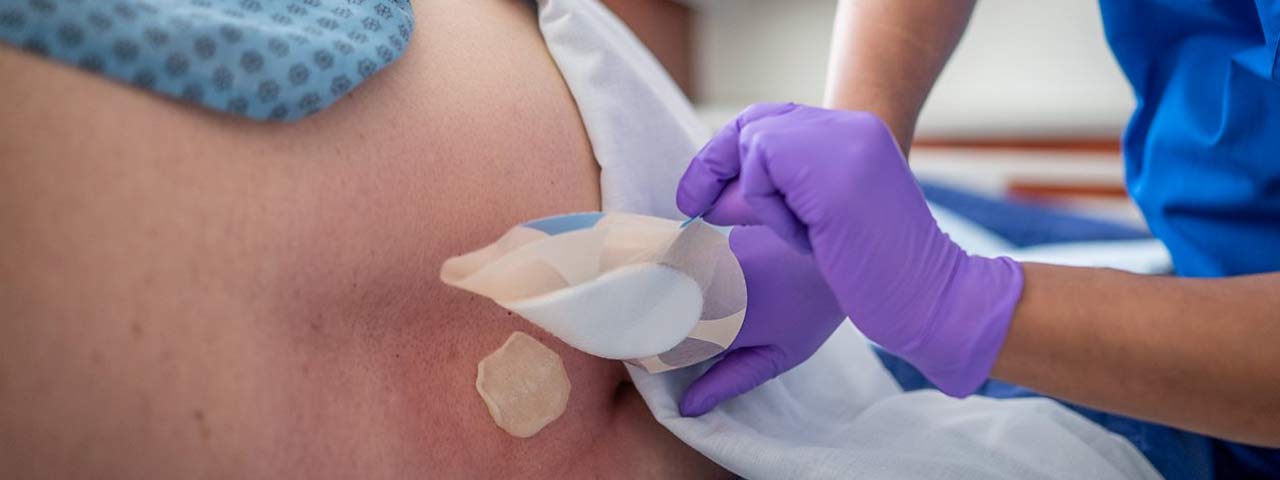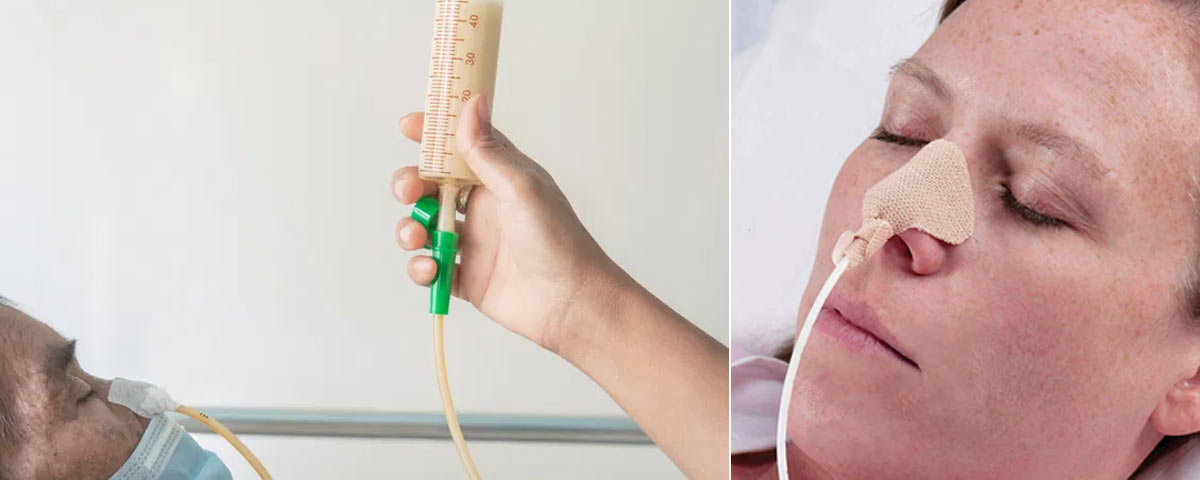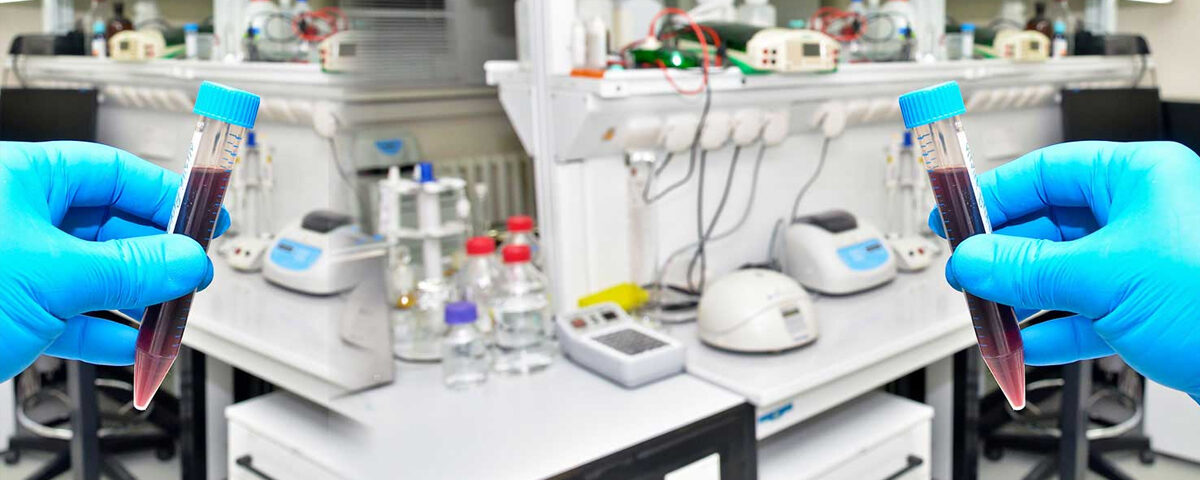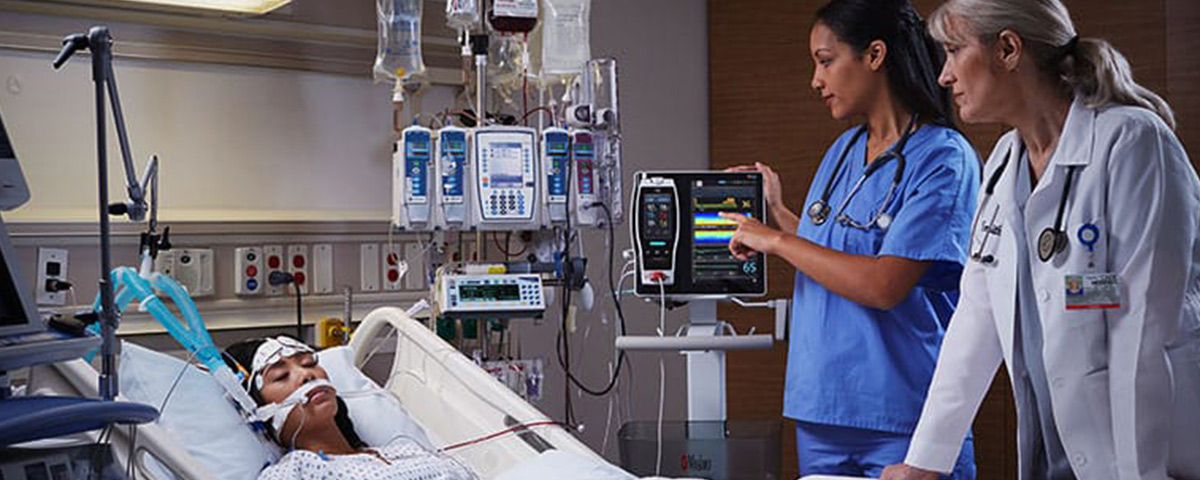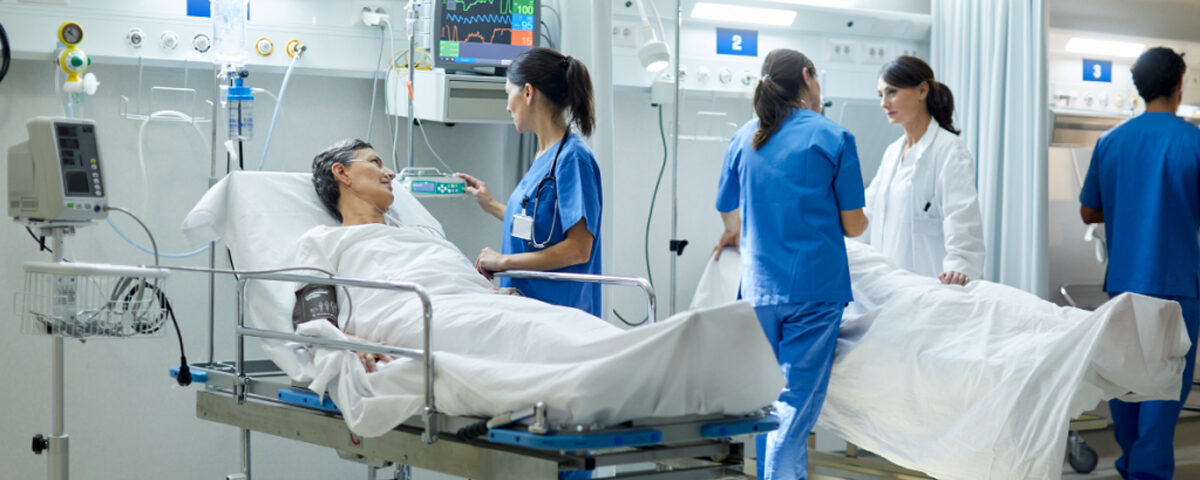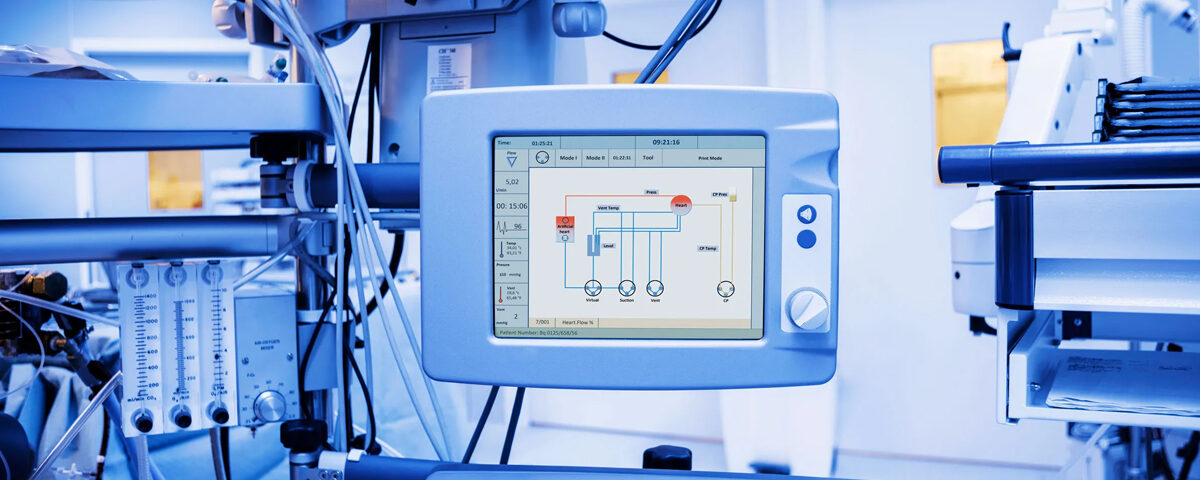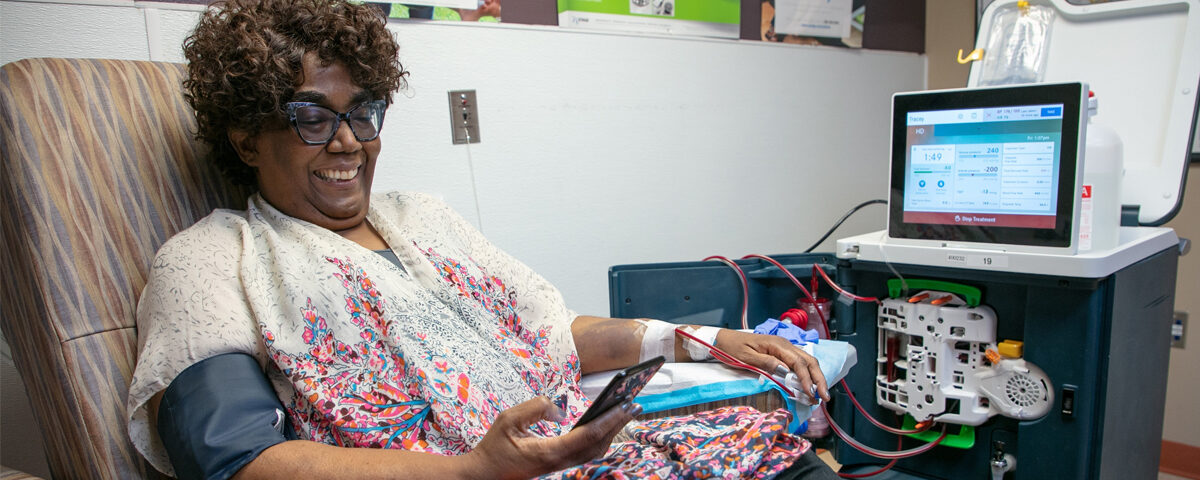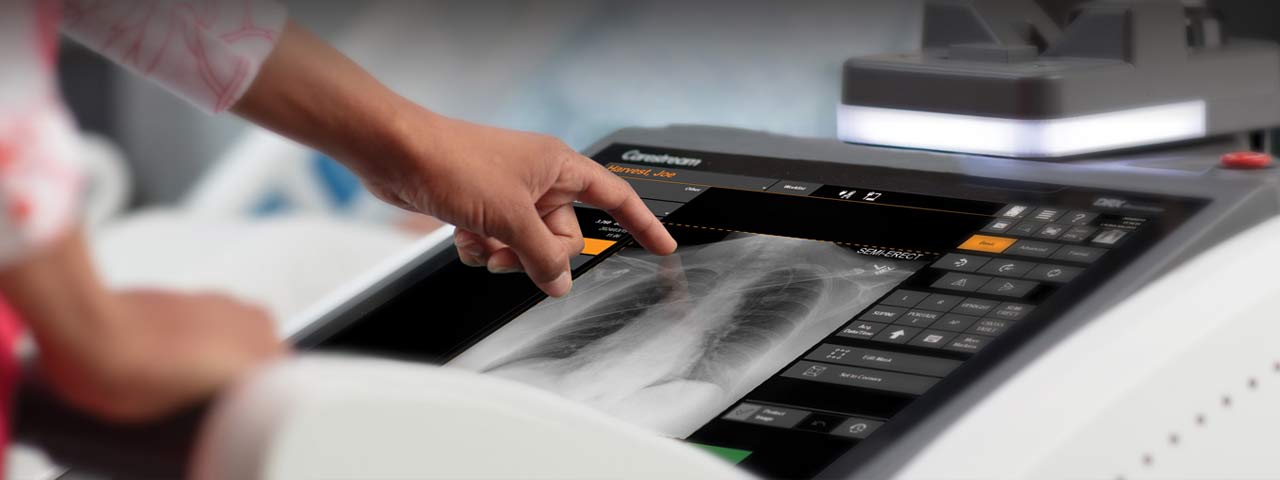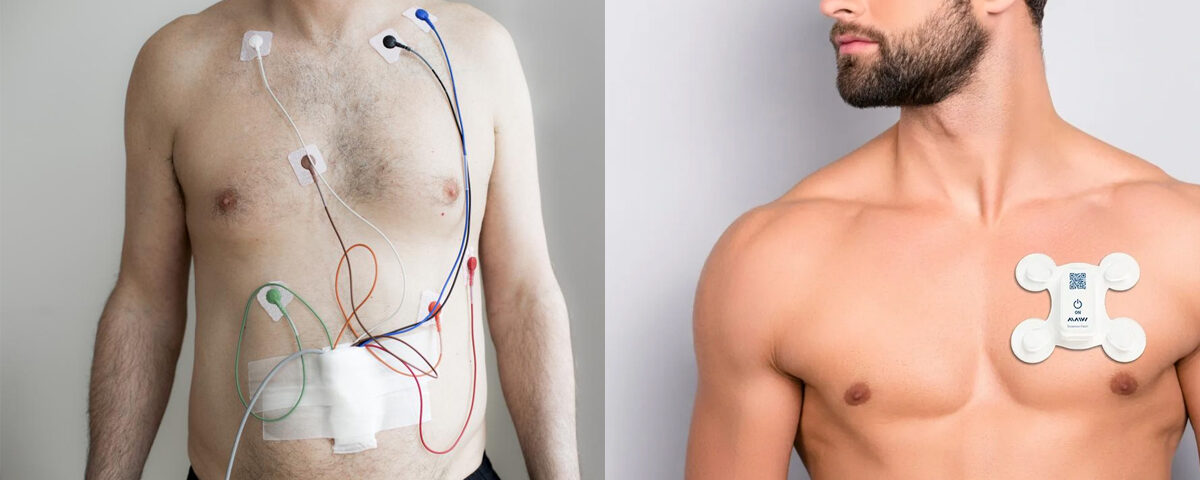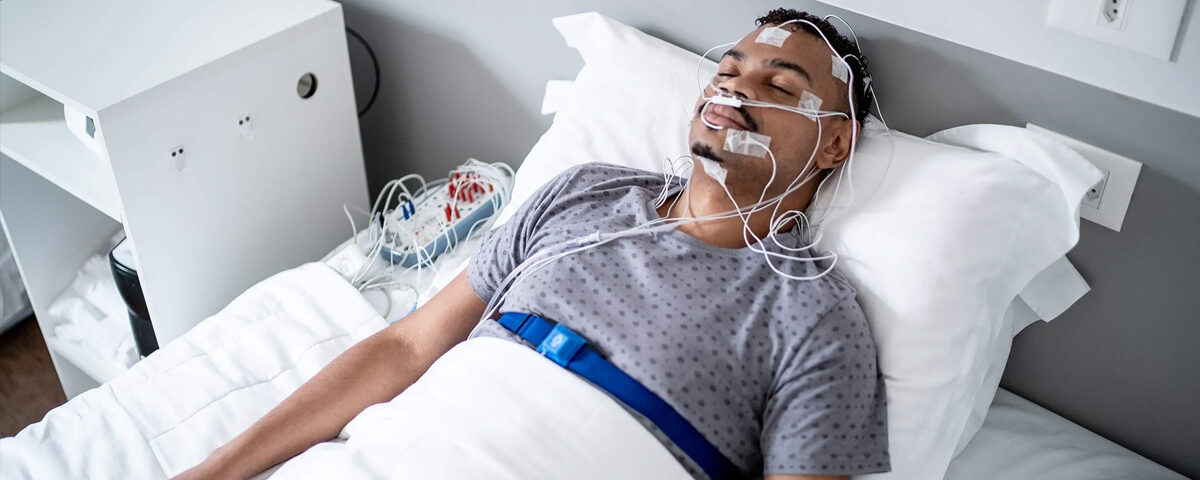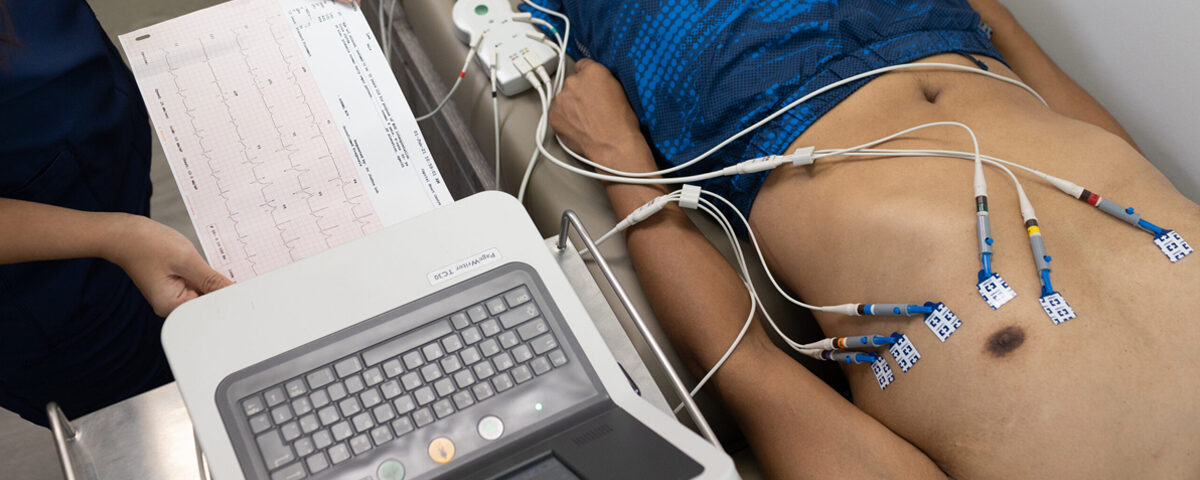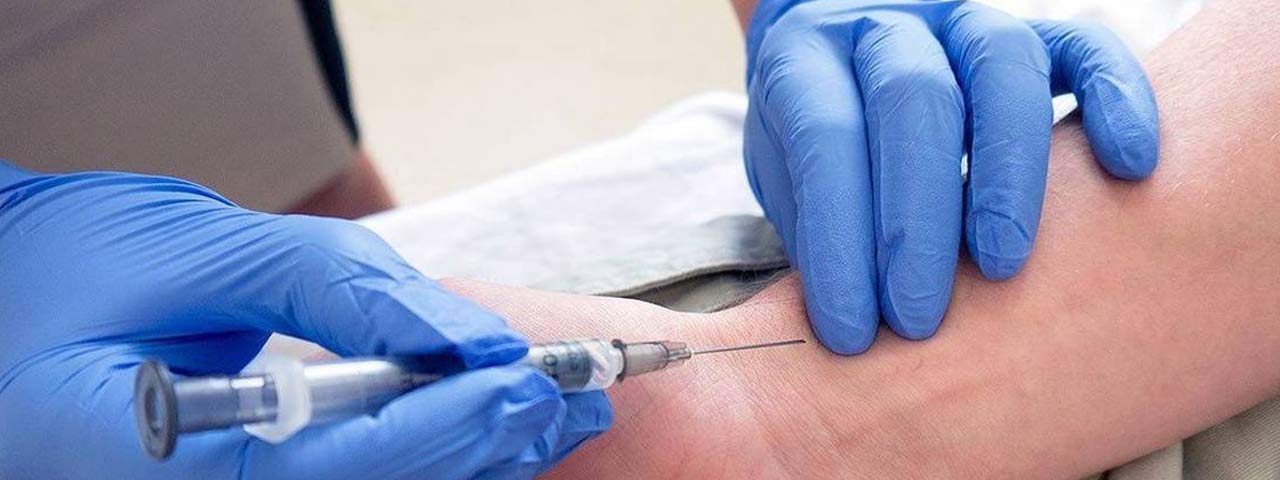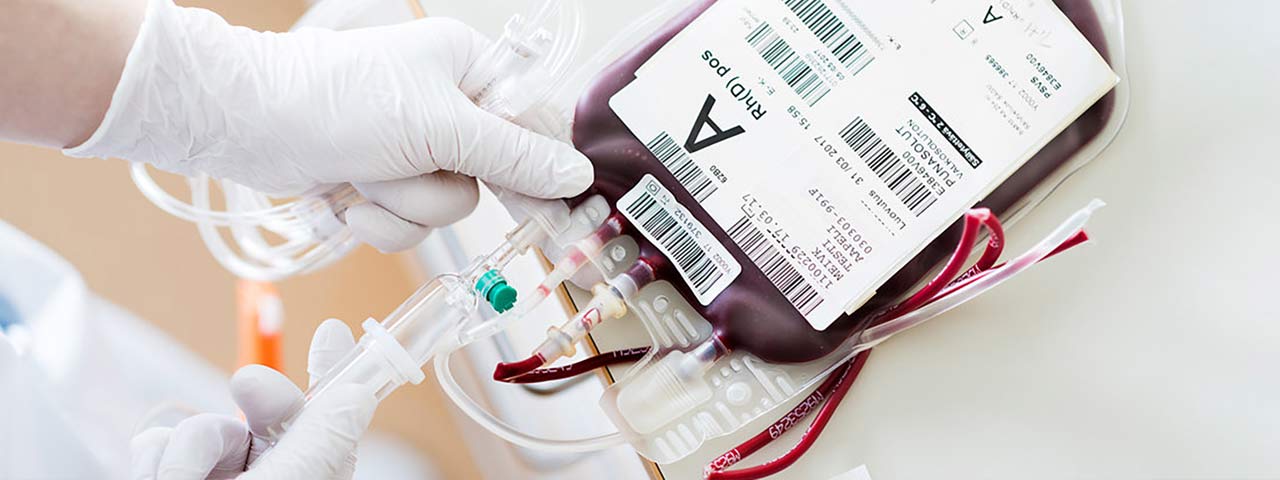Home Dialysis is a kidney replacement therapy that allows patients with end-stage renal disease (ESRD) or severe kidney failure to manage their condition in the comfort of their homes. It provides greater flexibility and independence compared to in-center dialysis.
Types of Home Dialysis
1. Peritoneal Dialysis (PD):
- Uses the lining of the abdomen (peritoneum) as a filter to remove waste, toxins, and excess fluid.
- Types of PD:
- Continuous Ambulatory Peritoneal Dialysis (CAPD):
- Performed manually 3-5 times a day.
- Automated Peritoneal Dialysis (APD):
- Performed overnight using a machine (cycler).
- Supplies needed:
- Dialysis solution bags, catheter, and cycler (for APD).
- Sterile equipment for fluid exchanges.
- Continuous Ambulatory Peritoneal Dialysis (CAPD):
2. Home Hemodialysis (HHD):
- Blood is filtered through a machine to remove waste, toxins, and excess fluid.
- Types of HHD:
- Conventional HHD: 3-4 sessions per week, similar to in-centre dialysis.
- Short-Daily HHD: More frequent sessions with shorter durations.
- Nocturnal HHD: Long, slower sessions performed overnight.
- Supplies needed:
- Dialysis machine, dialyzer (filter), bloodlines, and dialysate.
- Vascular access (fistula, graft, or catheter).
Key Responsibilities for Home Dialysis:
1. Patient and Family Training:
- Training patients or caregivers to operate dialysis equipment.
- Educating on aseptic techniques to prevent infections.
- Recognizing signs of complications, such as infection, low blood pressure, or clotted access.
2. Monitoring and Documentation:
- Recording vital signs (e.g., blood pressure, weight) before and after sessions.
- Tracking dialysis parameters (e.g., ultrafiltration rate, blood flow rate).
- Reporting any issues to the nephrologist or dialysis team.
Advantages of Home Dialysis
- Flexibility: Patients can choose schedules that fit their lifestyles.
- Convenience: Eliminates the need to travel to a dialysis centre.
- Improved Outcomes: Frequent dialysis sessions can improve health and energy levels.
- Quality of Life: Greater independence and comfort in a familiar environment.
Common Challenges and Solutions
| Challenge | Solution |
| Infection risk (e.g., peritonitis) | Strict adherence to aseptic techniques and regular follow-ups. |
| Machine operation difficulties | Comprehensive training and access to 24/7 technical support. |
| Space for equipment | Designate a clean, dedicated space for dialysis setup. |
| Caregiver fatigue | Support groups or professional caregiving assistance. |
Organizing Data for Home Dialysis Patients
A tracking table can help monitor and document dialysis sessions effectively:
| Patient Name | Age | Type of Dialysis | Frequency | Date | Vital Signs (Pre/Post) | Complications | Notes |
| John Doe | 65 | Peritoneal (CAPD) | 4x Daily | 2024-12-11 | BP: 130/80, Weight: 72kg | None | Stable, training complete |
| Jane Smith | 50 | Haemodialysis (HHD) | 5x Weekly | 2024-12-10 | BP: 120/75, Weight: 68kg | Mild cramps during the session | Adjust UF goal by 0.5 L |
When to Contact a Healthcare Provider
- Fever, chills, or signs of infection (redness, swelling at the catheter site).
- Persistent low blood pressure or dizziness after dialysis.
- Machine or equipment malfunctions.
If you need templates for tracking or further assistance with organizing home dialysis data, let me know!

